Why Animation (and Illustration)?
There are several reasons why I decided now was the right time for me to take on a full-time degree course. I am writing this as a reminder to myself - for perspective when I'm in the thick of a heavy workload, and also to shed some light on my thought process for anyone interested in following my progress.
1. 'Get a real job!'
Much as I would like to think I could one day make a good living on selling my paintings, it makes sense to look elsewhere for a stable income. Most regular jobs in the creative arts still do require a degree and I certainly need these qualifications if I were ever to end up in teaching.
As time goes on, I find myself more drawn to the idea of teaching as a way of sharing what I have learned and hopefully passing on some enthusiasm to a new generation. Often I think about the distant possibility of my work inspiring others to try art-making, but teaching would be a much more direct way to nurture fresh talent.
I cherish the memories of engaging with visitors young and old in a mutual love of drawing whenever I hold an exhibition. It never matters what ability level we're at, it's always exciting to know there are people out there who are just beginning or rediscovering their creative journey.




The doodle wall - a feature of every solo show I have had to date, allowing adults and kids alike to add their drawings and thoughts.
I want to keep an open mind about what opportunities might arise once I have a degree. I chose this course as I thought it would give me the broadest possible portfolio in the visual arts on top of my own self-taught experience. Many job applications I had been looking at prior to signing up to the course were asking for proficiency in particular programs such as Adobe Illustrator. With the technical skills I will have grown by the end of the three years, I should be prepared to step into several roles. That could mean something in publishing, teaching, animation, film-making and even gaming.
2. Getting my stories seen
Here's a bit of history just to put the pieces together.
It wasn't until I hit 25 that I made fine art the primary thrust of my creative output, though it represents most of my public portfolio. In my late teens and early twenties, I was working constantly on original ideas for children's picture books and comics. I ended up with hundreds of stories. As I write this, I have not had any of that work published, yet I consider that period easily the most creatively rewarding of my life so far.








I was always reluctant, and a bit paranoid, about sharing my original ideas online before they had found a publisher. Now I'm at a point where I know none of this will get seen at all unless I really push myself to show it off and find the right people to talk to.




'Sid' - my first completed picture book, as yet unpublished.
Tip of the iceberg...
The single thing I have invested most of my life in and what still brings me most unbridled joy is working on ideas for my childhood comic strip characters, Fridge & Fly. Ultimately, I just want to do something that makes people laugh, and there's a unique flavour of silliness I can only find with comics.




In an ideal world, I'd love to be a full-time cartoonist working regularly on realising these stories as feature length comics (like a Beano annual, Simpsons or Garfield comics collection). Whatever happens, it's reassuring to know I will be drawing these guys until my dying days!
3. Hidden passions




The Wrong Trousers at 30 exhibition: I visited this show when I turned 30 myself and I felt I needed to reconnect with my first love. The Wrong Trousers is a core foundation of much of my art inspiration. I wrote a letter to my hero, Nick Park, when I was 11 and hoped to work at Aardman one day.
The first thing I remember saying I wanted to be when I grow up was an animator. Somewhere along the way I stopped thinking it was feasible for me to be the one to create the magic, but the passion never went away. I didn't think I had the talent or dedication for great animation, though I'm starting to soften on that belief as I can see I have transferable skills from other areas of art.
I grew up in the '90s, just before digital technology became widespread; I may have been mistaken but I never believed animation tools were readily available. So I just drew relentlessly instead. On a positive note, I feel completely awestruck when I see fairly basic digital tools today, as often these leaps forward in affordable technology passed me by.
Here's just a handful of key inspirations over the years...
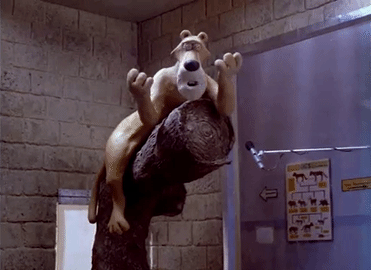

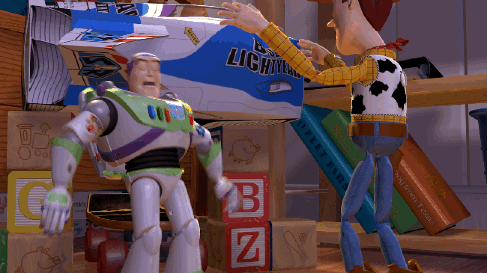
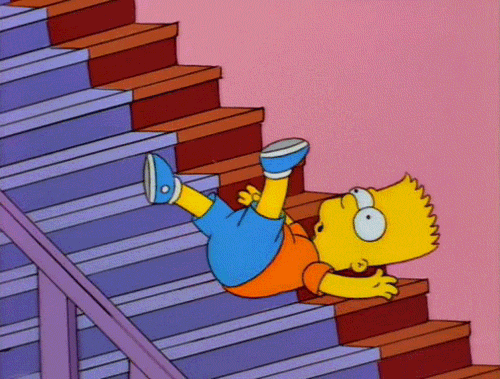
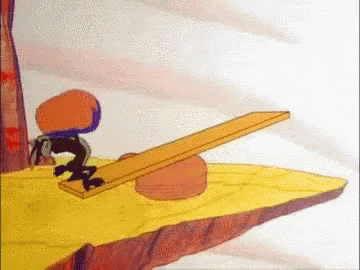
When I'm not making art, I study from the greats. That's always been true for fine art and also animation. Already, as I experience the first year of the course, I realise that I have been thinking about this stuff for my whole life and so I sometimes feel like I have a head-start. One of my earliest memories is seeing Daniel Greaves' Flatworld on Christmas TV in 1998. I watched with my wider family, establishing a recognition that original animation can be enjoyed by audiences of all ages.
Animation has a special place in my heart and I feel much more like myself since I decided I don't have to leave that old dream behind.

Flatworld
4. Infinity and beyond!
The artists I most admire are always looking for the next thing they haven't tried yet, constantly evolving through experimentation. The quickest way to progress is to race towards what you find difficult and test uncharted territory. I believe artists are explorers and it's important to never settle on a comfortable groove when there's so much left to discover.
I want to delve into an area where I think there's no way I will ever get bored.
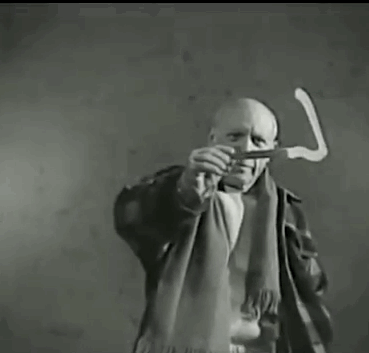
"If you know exactly what you're going to do, what's the good in doing it?"
-Picasso
In the world of drawing, animation really is the final frontier. Once you've mastered a traditional discipline like life drawing, how could you not want to see the figure in motion? Animation combines everything I know and love in drawing/painting/sculpture and then brings in and enhances every other element of storytelling: character, humour, film-making, writing, editing, imagination, sound and music. Anything is possible.
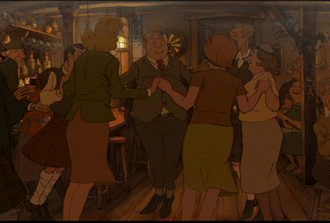

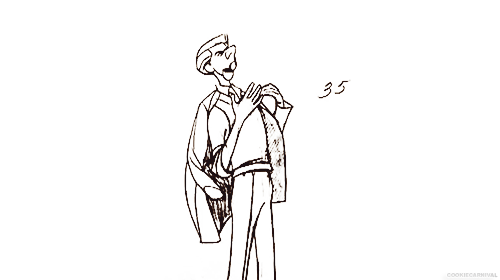
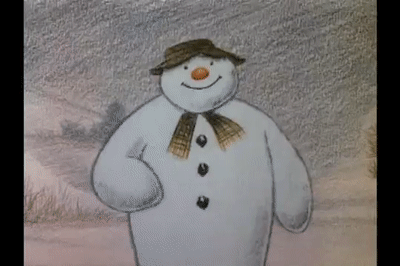
"If you were Rembrandt today, you wouldn't be able to resist animation. Instead of doing etchings, he'd be making stuff move!"
-Richard Williams



